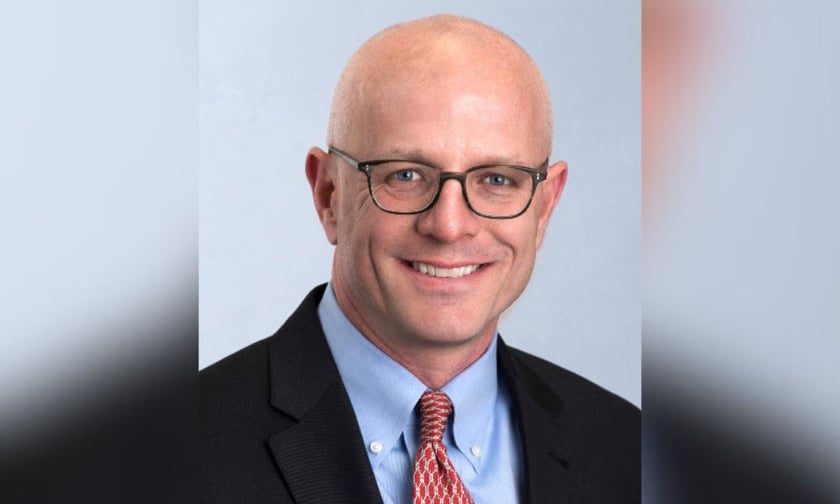

A generational shift is occurring in personal lines at Cincinnati Financial Corp, according to president and CEO Steve Spray (pictured above).
Traditionally a middle market personal lines writer, the company has expanded into high net worth and is growing its excess and surplus business in this segment. Agents can now rely on the company for a larger share of their business.
“I have never seen personal lines like this,” Spray said, according to a report from AM Best. “We are open for business” and confident in prospective pricing.
Second-quarter net income declined 42% to $312 million, primarily due to a post-tax $235 million decrease in net investment gains, which was partially offset by a post-tax $17 million increase in investment income.
The consolidated property/casualty underwriting profit dropped to $35 million from $47 million.
The underwriting loss in the personal lines segment widened to $42 million from $36 million, although the combined ratio improved less than one point to 106.9.
Rates in personal and commercial lines are not showing signs of softening despite an extended period of rate increases, said Spray. He expects personal automobile rates to keep rising and noted that uncertainty is driving rate increases in commercial lines.
Cincinnati Financial faced adverse development in personal auto bodily injury, though physical damage performed well, said Spray. Most of the development was attributed to accident year 2023, with some from 2022.
The company is increasingly writing high-net-worth policies, where losses tend to fall more on property than on auto, as opposed to middle market personal lines. This shift is positively affecting results, Spray said. The carrier has been enacting personal auto rate hikes for some time, a trend he expects to continue.
In commercial lines, “We've been stacking quarter-on-quarter-on-quarter" rate hikes in every major line except workers' compensation, Spray said, describing market behavior in the US as “orderly and rational.”
The commercial lines underwriting profit declined to $10 million from $33 million in the prior-year period, while the combined ratio worsened 2.2 points to 99.1.
Consolidated property/casualty net written premiums grew 14% to $2.46 billion. The combined ratio worsened 0.9 points to 98.5.
Property/casualty prior accident year overall reserve development was favorable by $40 million, less than the $101 million of favorable development a year earlier.
Spray noted that there is always movement on prior-year accident losses by segment, line of business, and accident year.
“Reserving is not a perfect science,” he said, but expressed strong confidence in his employees and the company's process in setting reserves.
What are your thoughts on this story? Please feel free to share your comments below.
